Eyes on the Prize
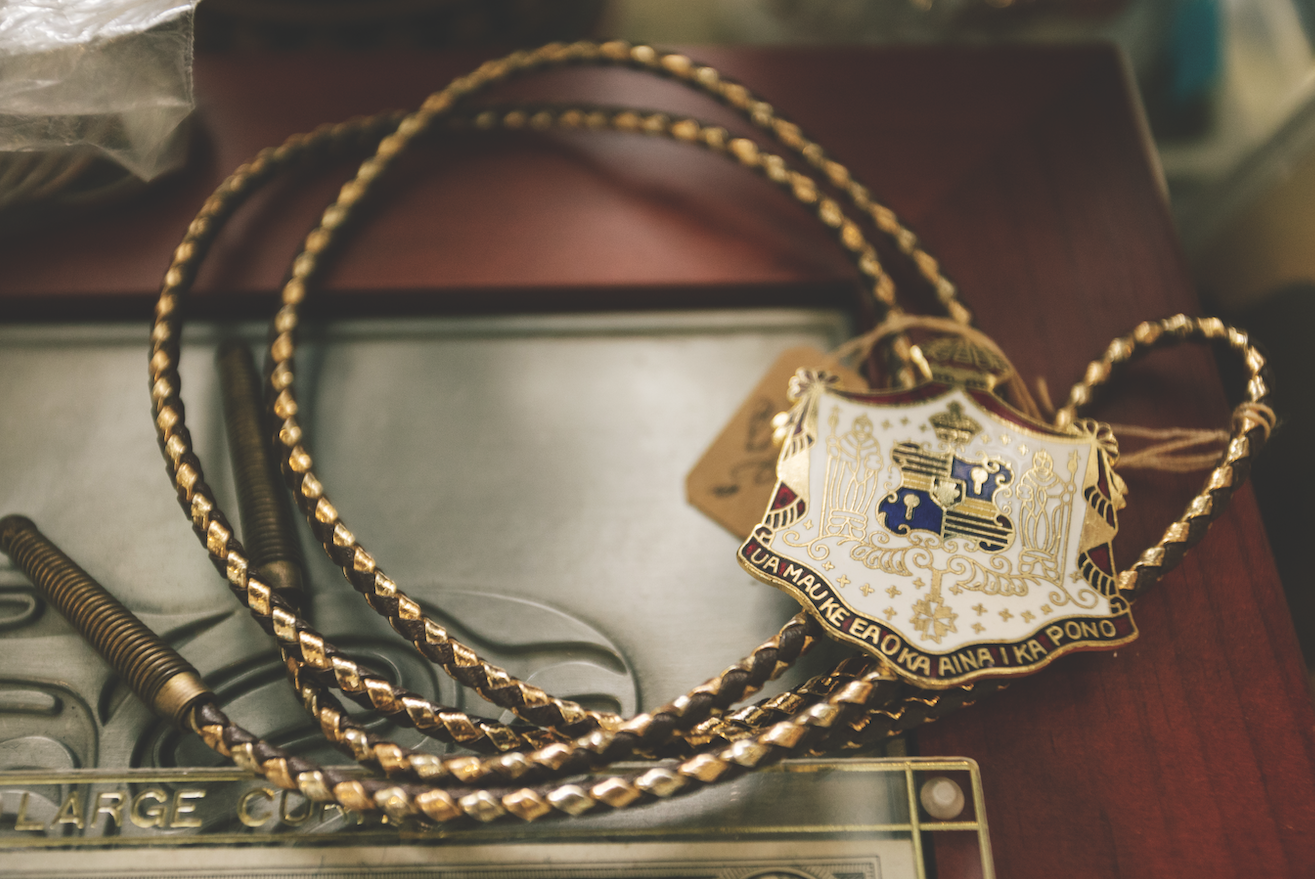
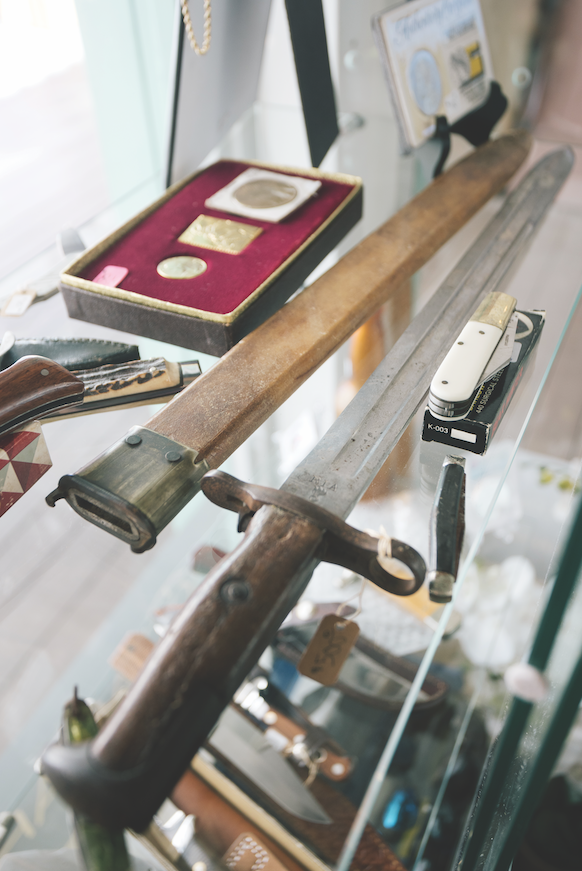
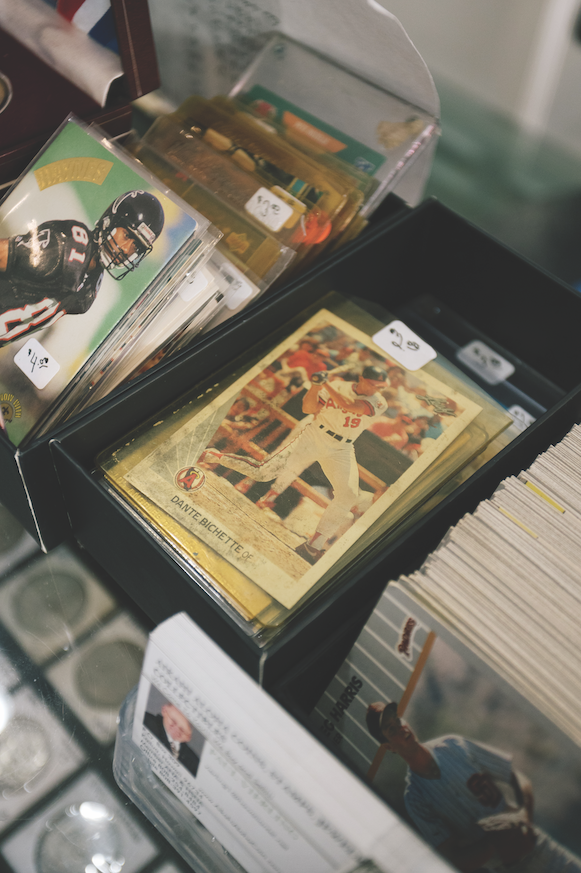
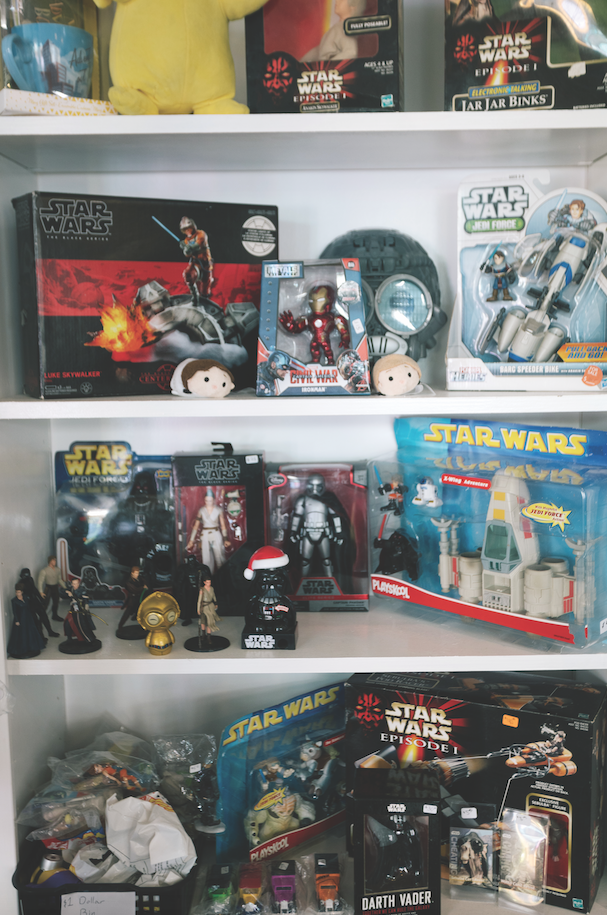

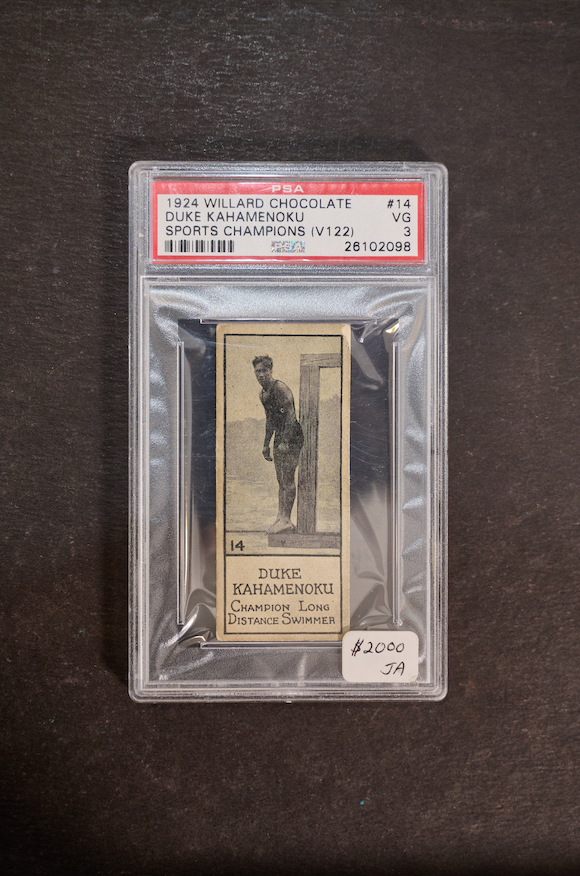
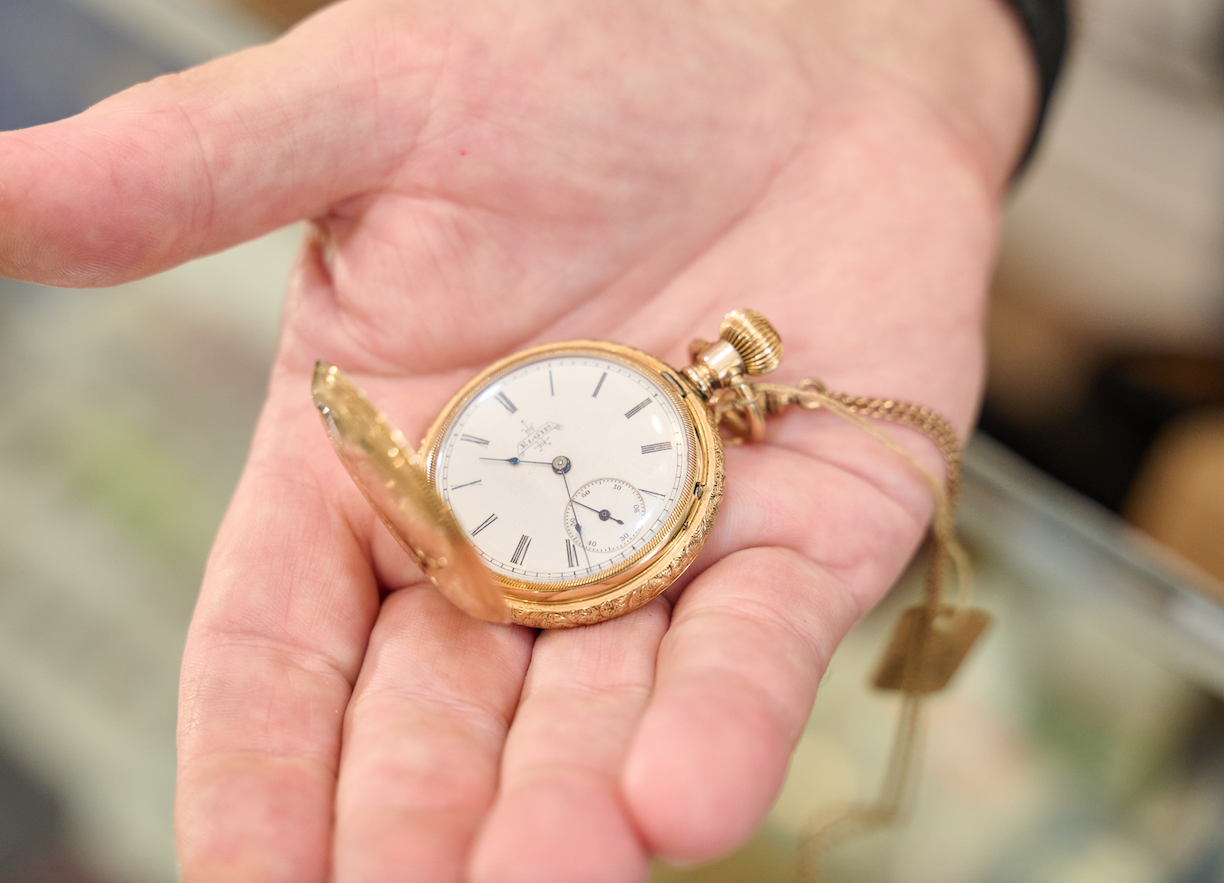
Paul Vierling of Aikahi Aloha Coin will make you a deal: If you have items that you would like to have appraised — whether it’s coins, stamps, jewelry, or any other collectibles — Vierling will meet you wherever is convenient and at any time, whether that’s in the evening, on weekends, or holidays. He’ll appraise your items, gratis. This way, if you want to pass them down to loved ones, you’ll know how much your items are worth. Or, if you want to sell your items, you’ll have a ballpark on how much you should expect to receive so you won’t get shortchanged. As a bonus, if you do want to sell your items, Vierling might make you a fair offer if he’s interested. At the very least, you can decide on a plan.
Pretty good deal, right? Vierling wants to help — just don’t call him a collector. “People come into my shop and ask me, ‘how did you collect all this stuff?’ I didn’t!” says Vierling. “I buy and I sell, that’s it. I don’t collect things anymore because at this point, my daughters don’t let me.”
The irony is, Vierling’s children are the reason this numismatist got into collecting. When his first daughter was born more than 25 years ago, Vierling knew he wanted to give her more than just money in the bank or equity in a house. “I wanted to leave her a legacy of memories as she grew up; something meaningful that she could remember sharing with her father,” Vierling says. He saw an ad for commemorative coins being released by the U.S. Mint and decided to build up a collection. Vierling figured he’d buy a new coin set every year and, when his daughter was old enough, he could give her the coins and explain the history that each one represented. Four years later, Vierling’s second daughter was born and for her, he decided to begin collecting stamps.
In those days, collecting was a hobby. But when Vierling and his family decided to move from Monterey, California, to Honolulu in 2002, it quickly became more. He joined the Honolulu Coin Club and kept growing his collection. In 2007, a fellow club member who was moving off-island approached Vierling and offered to sell him his coin business.
“I wasn’t interested, but the guy said that this business would allow me to get my hands on a lot of coins that I could then cherry pick for my daughters’ collections,” says Vierling. He already had a full-time job when he bought the coin company. But when the economy plummeted shortly thereafter in 2008, Vierling’s phone began ringing nonstop from people calling about buying and selling gold and silver coins, jewelry, anything. “My education skyrocketed overnight because it was baptism by fire,” Vierling says.
Today, Vierling operates a thriving shop (aikahialohacoin.com) at the Hilton Hawaiian Village in Waikiki. Though for a time, the coins and collectibles industry represented a steep learning curve; though other times, it’s a learning curve for customers. “People will go online and find either their coin or something very similar listed for $10,000 somewhere like Etsy.com,” says Vierling, who recommends that people select the “recently sold” option when searching listings on websites like eBay to confirm the actual price that people are buying and selling specific collectibles for. “The most difficult conversation in the world is telling someone who thinks they have a $10,000 coin that they could actually just go ahead and spend that coin at the grocery store.”
One of the more expensive items that Vierling has sold was a 50-cent coin from 1928 for $43,500. However, “price” and “value” are two separate things. Vierling has seen a number of items pass through his shop that he considers having such significance that they are nearly priceless, including a U.S. Army bayonet that was used in both world wars, a Hawaiian plantation token from the mid-1800s, and an authenticated Roman coin dating between 25 B.C. to 46 A.D. (“That coin most assuredly existed during the time that Christ walked the Earth,” Vierling muses.) Twenty years in, he has learned there are no hard rules with collectibles. Any given object is worth as much — or as little — as someone is willing to pay.
A decade ago, Vierling received a call from a woman whose sister lived in Honolulu but she had recently passed away. The woman’s responsibility was to empty her sister’s house of everything, sell the house, then divide the proceeds with the rest of the family. “Every single room of that three-bedroom house was stuffed with everything you could imagine: toys, stuffed animals, clothing, CDs, first edition books, jewelry boxes that were overflowing... It was floor-to-ceiling, all brand new,” says Vierling.
He gave the woman a list of resources — local record shops that might buy the CDs, bookstores for the books, and so on — as well as made her an offer: If she couldn’t sell everything, Vierling would empty the house for $2,500. After two weeks, the woman took Vierling up on his offer. He hired a moving crew, loaded up the biggest U-Haul truck he could find (in three separate trips), and rented a 2,500 square foot store in Kailua. Vierling filled that store with everything from the house. “Up until that point, I was really only doing coins and stamps. This led to the entire rest of my business.”
“I cannot tell you the number of times I’ve helped families who wished the relative who accumulated stuff had managed it while they were alive because that person had the expertise, while the children and grandchildren do not,” Vierling says. “That’s the moral: If you don’t pay attention and take care of business while you’re here on Earth, Paul Vierling is going to come along someday, buy it all for $2,500, and he and his family will benefit from your hobby. It’s not just about having a collection. It’s about having a plan.”
